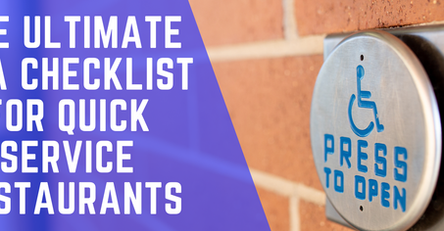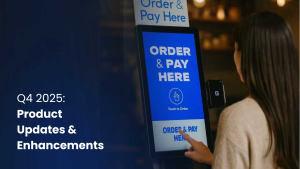Stabilizing QSR Staffing with Rising Minimum Wage
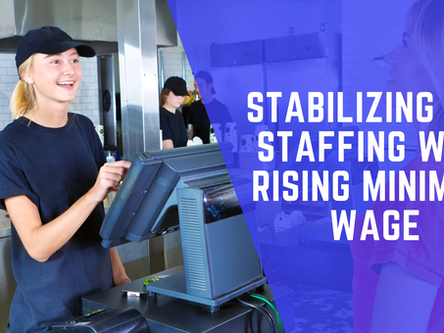
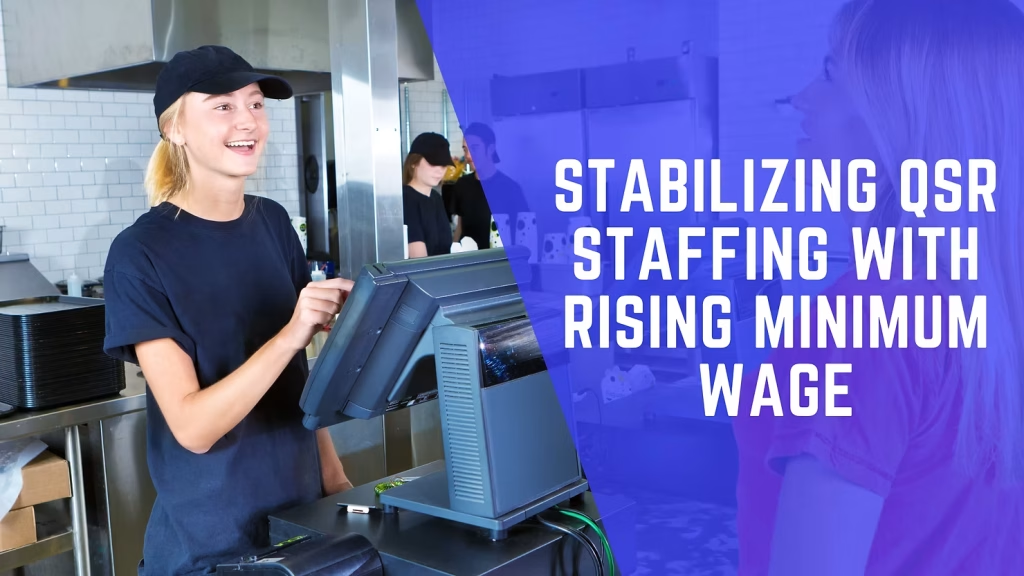
In the ever-evolving landscape of Quick-Service Restaurants (QSRs), staffing challenges can pose significant obstacles to operational efficiency and customer satisfaction. While traditional approaches to staffing management have their limitations, the integration of self-service kiosks offers a promising solution. In this blog post, we’ll explore how self-service kiosks can complement human staff, providing stability and efficiency without replacing the essential human element in your QSR.
Caveat to this blog post: we aren’t trying to say replace your staff, we’d never put that narrative out, because we as a company don’t believe technology should replace humans. The goal of this post is just to stabilize your operations based on trends currently squeezing restaurant owner’s profitability and ability to scale. Technology enables the humans that work for you to enhance the customer experience through service, food quality and atmosphere.
Understanding the Current Staffing Conundrum:
QSRs often grapple with fluctuating demand, unpredictable foot traffic, and labor shortages, leading to staffing challenges that impact service quality and operational costs. Traditional staffing models may struggle to adapt to these dynamics, resulting in inefficiencies and customer dissatisfaction.
Restaurant owners across the nation are grappling with unprecedented staffing challenges, with many struggling to attract and retain qualified employees. The COVID-19 pandemic has further exacerbated these issues, leading to labor shortages, increased turnover rates, and difficulties in maintaining consistent attendance among staff members. Additionally, rising wage demands and competition from other industries have added to the complexities of staffing management in the QSR sector.
Addressing Hiring Challenges:
Traditional methods of hiring and recruitment are no longer sufficient in today’s competitive labor market. QSR owners are finding it increasingly challenging to attract qualified candidates, leading to understaffed establishments and increased workload for existing employees. Self-service kiosks offer a solution by reducing the reliance on human staff for order-taking tasks, thereby alleviating the pressure on hiring and allowing QSRs to operate efficiently with fewer personnel.
Consider Complementing Staff with Self-Service Kiosks:
Self-service kiosks represent a technological innovation that can revolutionize the QSR industry. Rather than viewing kiosks as a replacement for human staff, QSR owners can leverage this technology as a complementary tool to enhance efficiency, streamline operations, and improve the overall customer experience.
Complementing Human Staff:
- Efficiency Boost: Self-service kiosks empower customers to place orders independently, reducing wait times and alleviating pressure on human staff during peak hours. This efficiency boost enables existing staff to focus on other essential tasks, such as food preparation, quality control, and customer service.
- Improved Service Quality: By offloading routine order-taking tasks to self-service kiosks, human staff can dedicate more time and attention to delivering personalized service, addressing customer inquiries, and resolving issues promptly. This personalized touch enhances the overall dining experience and fosters customer loyalty.
- Flexibility and Adaptability: Self-service kiosks offer flexibility in staffing management, allowing QSRs to adjust staffing levels based on real-time demand fluctuations. During periods of high traffic, kiosks can handle a larger volume of orders, while human staff can provide additional support and assistance as needed. Conversely, during slower periods, staffing can be scaled back without compromising service quality.
- Training and Upskilling Opportunities: Rather than viewing self-service kiosks as a threat to job security, QSR owners can position this technology as an opportunity for staff development. Training employees to operate and maintain self-service kiosks can enhance their skill set and job satisfaction, empowering them to take on more diverse roles within the organization.
Calculating Cost Comparison:
Let’s delve into the financial aspect of staffing by comparing the annual cost of three staff members earning a $15 minimum wage to the investment in a single self-service kiosk.
Assuming:
- Each staff member works full-time (40 hours per week)
- The minimum wage is $10/$15/$20 per hour
| Minimum Wage | Estimated Staff | Work Week | Annual Cost |
| $10/hr | 3 | 40 | $60,000 |
| $15/hr | 3 | 40 | $90,000 |
| $20/hr | 3 | 40 | $120,000 |
Granted, not all QSR locations are going to be able to run with 3 front of house staff members on 40 hour weeks consistently, but if you’re even able to curb some of that in rising minimum wage states, the initial stick shock for a technology investment wears off.
Comparatively, the investment in a self-service kiosk involves a one-time cost, typically ranging from $2,500-4,000, depending on the model and features.
By integrating self-service kiosks alongside human staff, QSRs can achieve staffing stability, operational efficiency, and enhanced customer satisfaction. Embracing technology as a complement to human resources, rather than a replacement, empowers QSR owners to navigate staffing challenges effectively and drive sustainable growth in today’s competitive market.
Other Relevant FAQs to consider:
How can QSR owners effectively integrate self-service kiosks without compromising the human element of customer service?
Balancing Technology and Human Interaction: QSR owners can maintain the human element of customer service by strategically deploying self-service kiosks to handle routine order-taking tasks, thus allowing human staff to focus on delivering personalized service, addressing customer inquiries, and resolving issues promptly. This ensures that customers still receive the attention and care they expect while benefiting from the efficiency and convenience offered by self-service technology.
Amidst the rising minimum wage and fluctuating demand, how can QSRs ensure that the implementation of self-service kiosks is financially viable and sustainable in the long term?
Financial Viability and Long-Term Sustainability: QSRs can ensure the financial viability of integrating self-service kiosks by conducting thorough cost-benefit analyses. While the initial investment in kiosks may seem significant, it’s crucial to consider the long-term savings in labor costs, especially amidst rising minimum wage rates. Additionally, optimizing kiosk placement and functionality can maximize returns on investment and ensure sustainable profitability over time.
What strategies can QSR owners employ to ensure a smooth transition for their staff towards embracing self-service kiosks as a complementary tool rather than a threat to their job security?
Smooth Transition and Staff Empowerment: To facilitate a smooth transition for staff, QSR owners should prioritize communication, training, and upskilling opportunities. By involving employees in the implementation process and highlighting the benefits of self-service kiosks as tools for enhancing efficiency and job satisfaction, owners can mitigate concerns about job security and empower staff to embrace new technologies as valuable additions to their skill set. This approach fosters a culture of adaptability and continuous improvement within the organization, ensuring that staff members feel valued and supported throughout the transition.
Ready to elevate your QSR’s staffing stability and efficiency? Contact us today to learn more about how self-service kiosks can transform your business and drive tangible results.
About infikiosk
Related Posts

Case Study: Sophie’s Cuban Cuisine Drives Revenue Growth with Advanced Self-Order Kiosk Technology
Client: Sophie’s Cuban Cuisine Industry: Fast Casual Dining Locations: 11 Point of Sale: Toast Key Stakeholder: George J. Cestero, COO & IT/Digital Marketing Director...
6 QSR Trends That Are Changing the Restaurant Industry
Today, QSR establishments continue to see ongoing changes in response to social and technological developments. We’ve compiled six of the...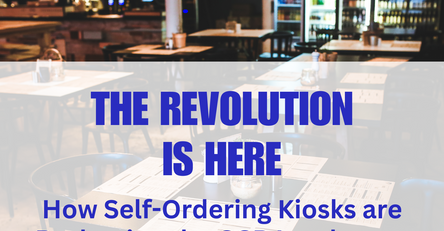
The Revolution is Here: How Self-Ordering Kiosks are Reshaping the QSR Landscape
One particular innovation has started to significantly reshape the QSR industry landscape—self-ordering kiosks.
Maximizing Efficiency During Restaurant Slow Periods: A Digital Approach
This blog post explores how to navigate these slow periods effectively, focusing on digital investments and smart strategies to enhance...
Navigating the Future of QSRs: The Role of Kiosks and Technology
We went through these articles and skimmed through the almost 500 comments to get some insight on how people are...
How to Open a Pizza Place: Step-by-Step Guide & Tips
If you’re considering starting a pizza place, follow this comprehensive guide to ensure your success.
Comparing Self-Ordering Kiosks vs. Traditional Counter Service: Which Is Right for Your Restaurant?
This article delves into the pros and cons of self-ordering kiosks versus traditional counter service to help you determine which...
Top Marketing Ideas for Quick Service Restaurants (QSRs)
QSRs need to leverage creative approaches to boost brand visibility and drive sales. Here are some top marketing ideas...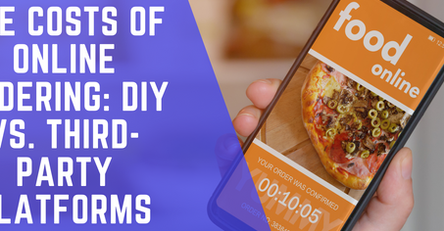
The True Costs of Online Ordering: DIY vs. Third-Party Platforms
As online ordering continues to reshape the restaurant industry, businesses face a crucial decision: build an in-house ordering system or...